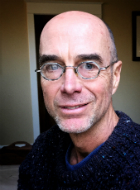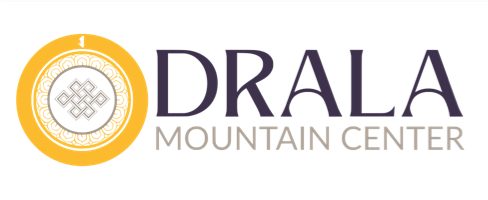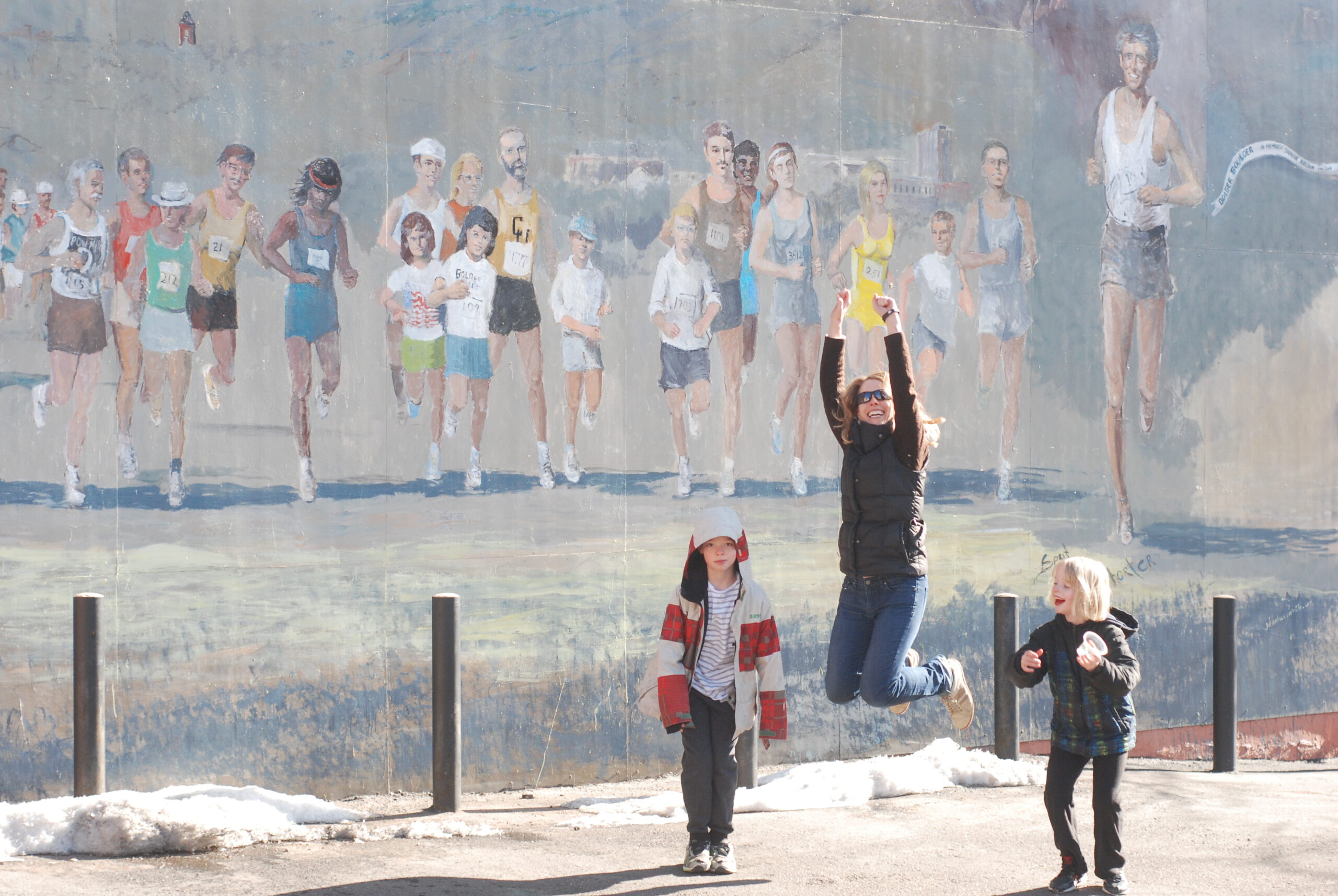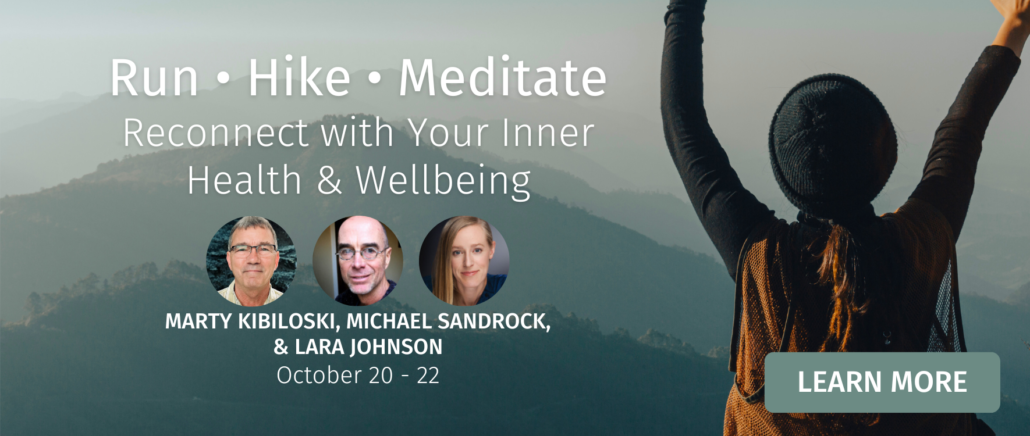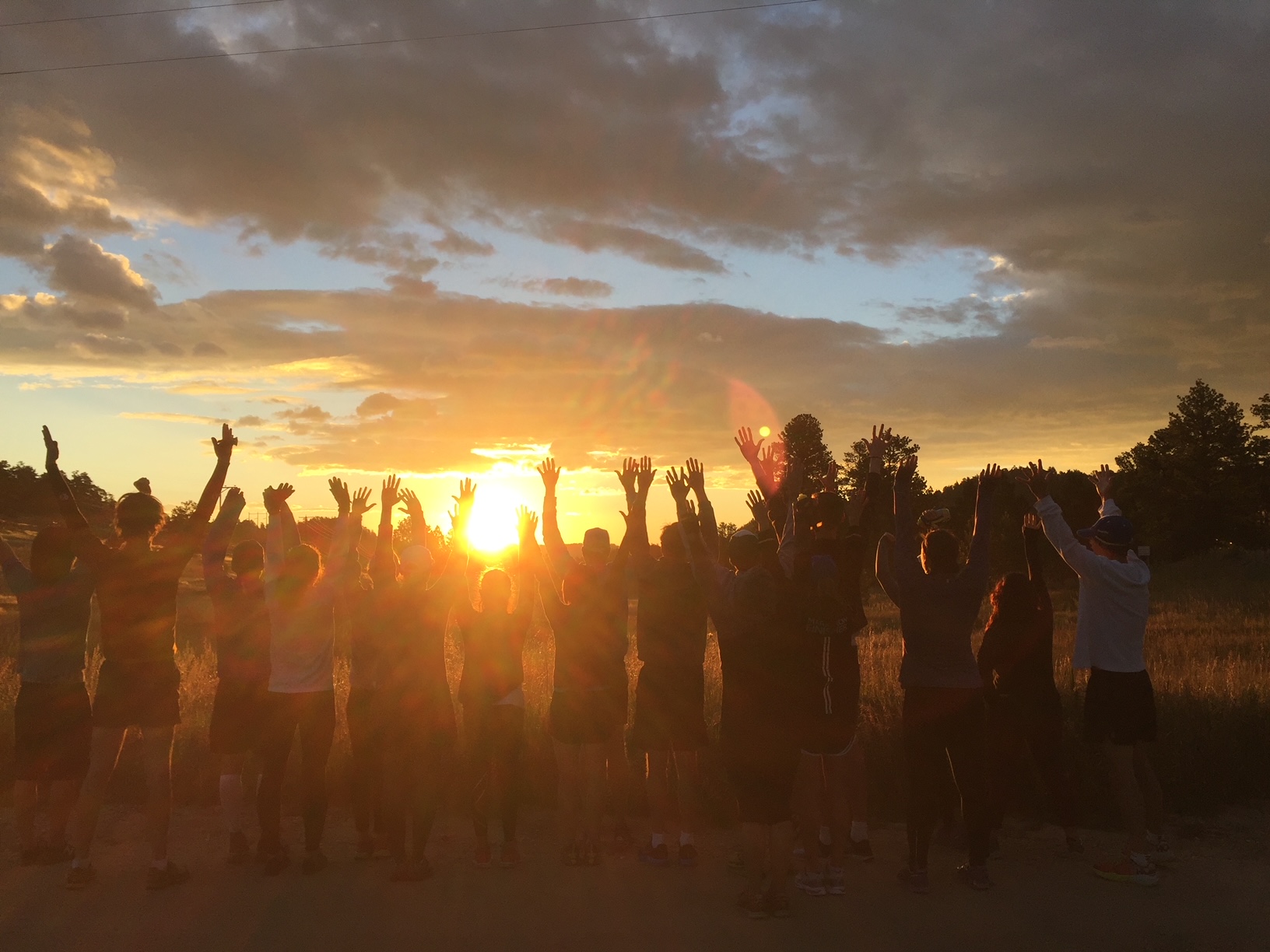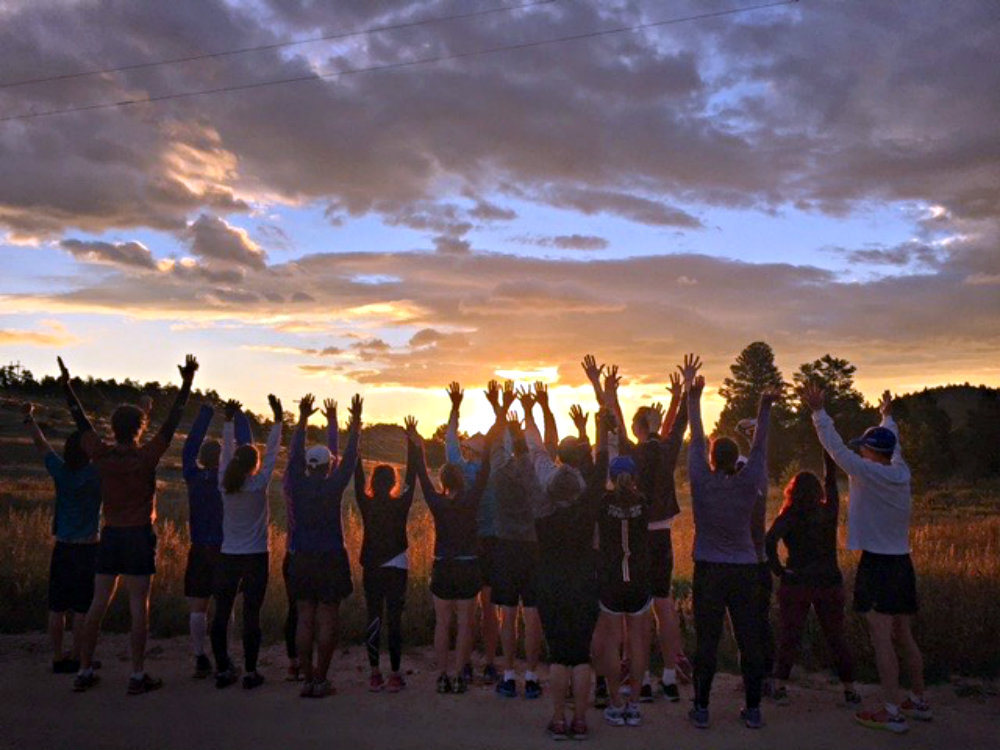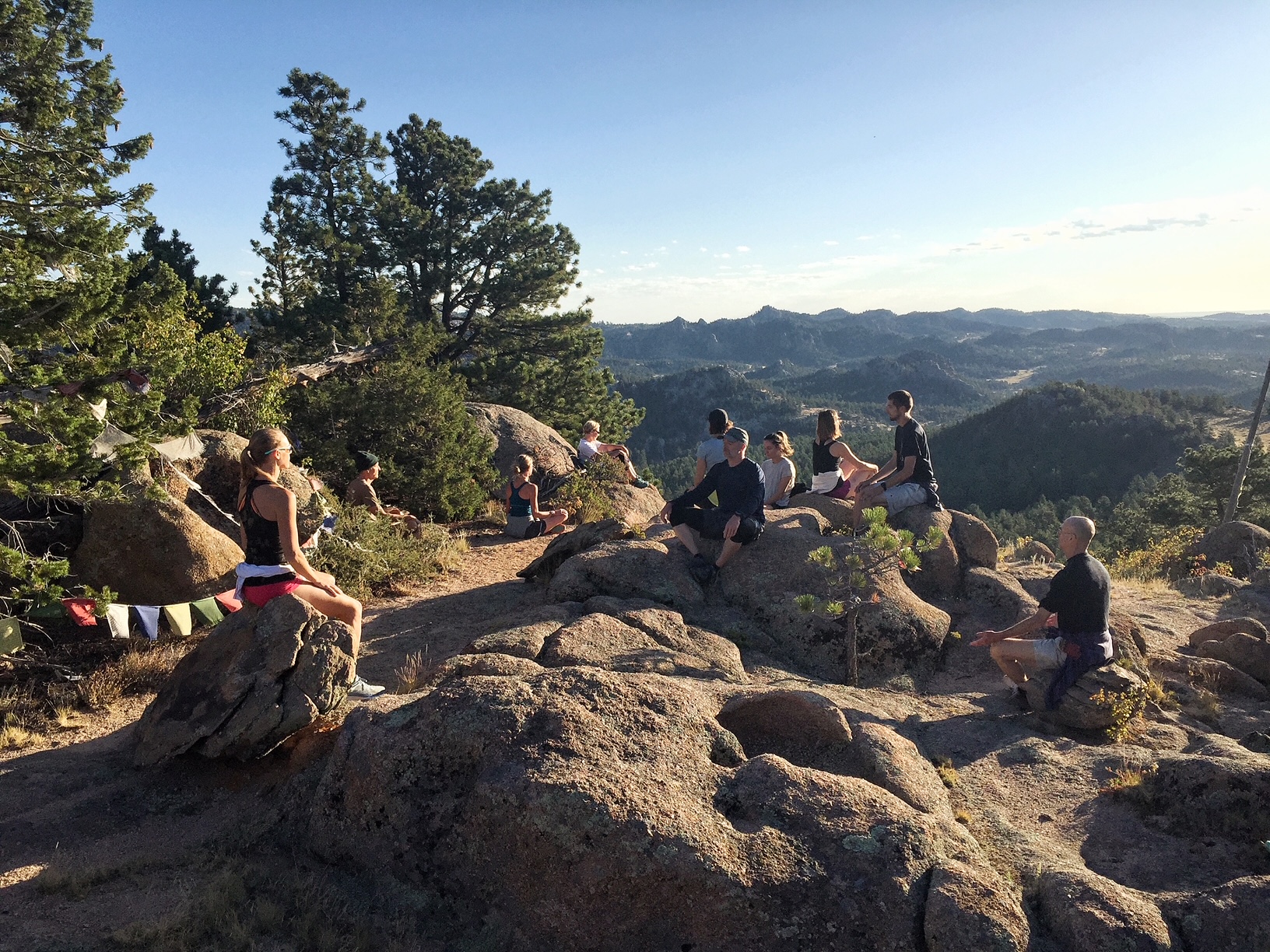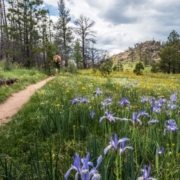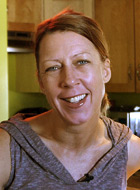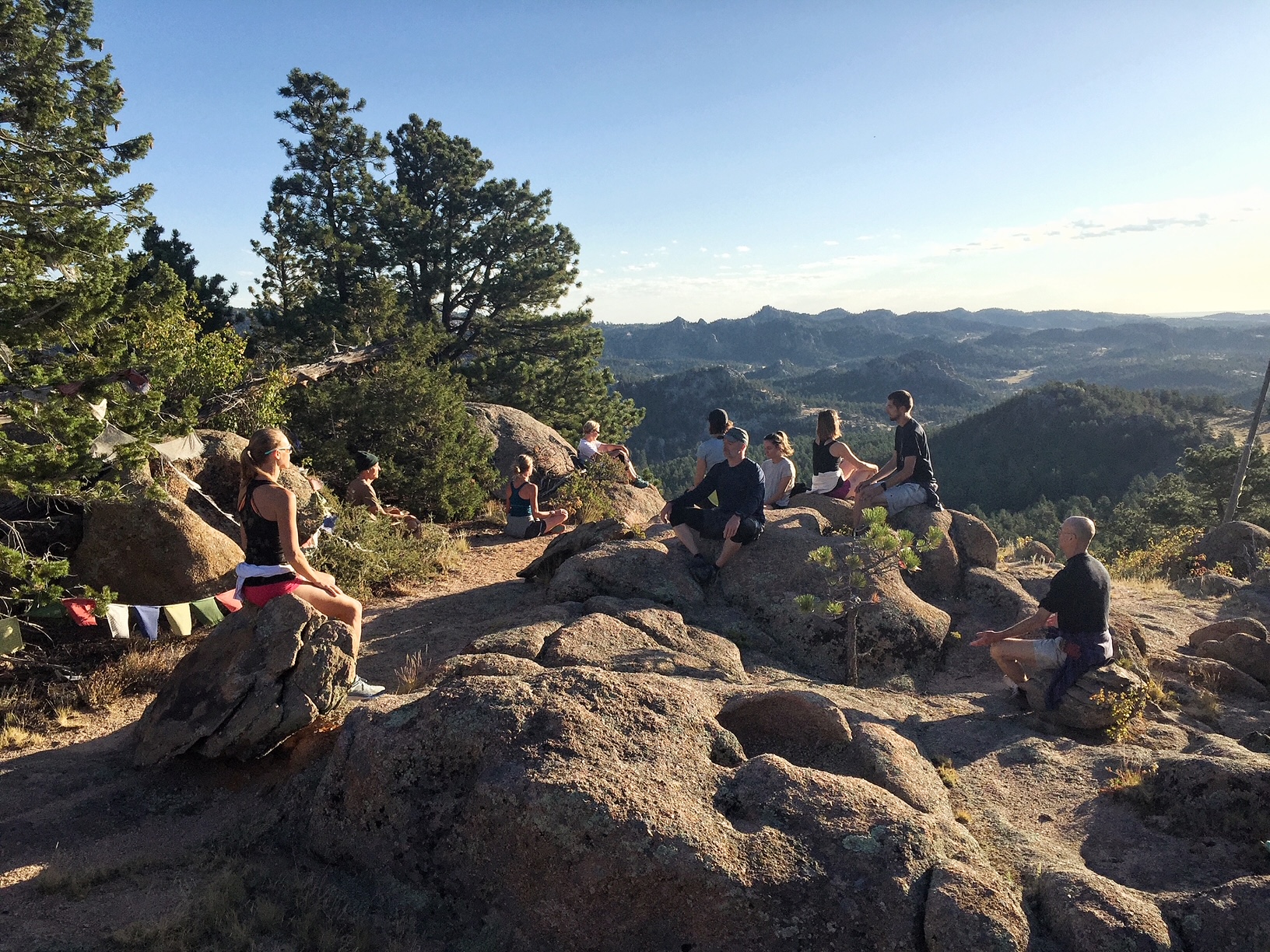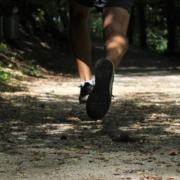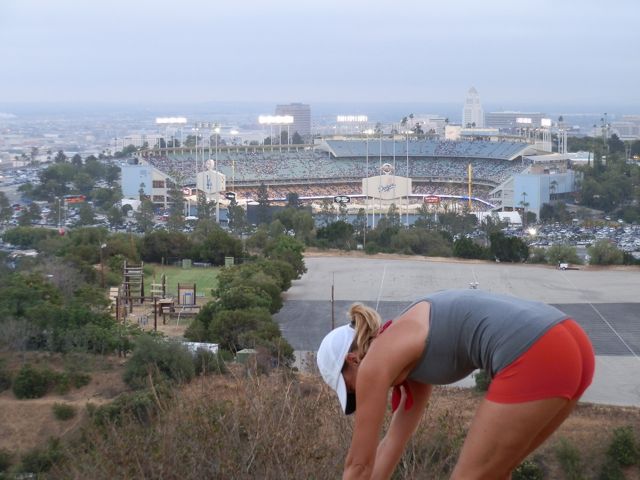Wisdom from Running and Meditation: Four Tips for Living Your Happiest
By Michael Sandrock
When Jon Pratt led a meditation, yoga, and running retreat at the Shambhala Mountain Center a few years back, he made a simple point that resonated with some of us newcomers to meditation: that there is not a right or wrong way to meditate.
“It is simply noticing.”
That is how Marty Kibiloski describes what he learned from Pratt and others in his journey from highly successful businessman (yet dissatisfied, inattentive husband and father) to highly successful businessman (and happy, satisfied husband, father and friend).
We often learn from society that we need to work hard in a job we do not like, in order to make a living. Satisfaction and happiness will come later, we are told, once we retire. But we do worry, consciously and unconsciously, wondering how to find calmness, peace and tranquility.
However, it is possible, explains Kibiloski (@martykibiloski), to have high success and high satisfaction. The key is focusing on your effort and not the outcome, whether it be the amount of money you make, how fast you run, bike or swim, or how big your house is.
And it all starts with “simply noticing.”
This is not a new idea. Back 2,500 years or so, on his first journeys out of the palace walls his father had built to shield him from the tears and sorrow of life, Prince Gautama Siddhartha noticed the Three Signs; old age, sickness, death.
These so disturbed him that he jumped on his steed and fled into the forest to become a mendicant. And what did Siddhartha do? He meditated, becoming a forest monk. Few of us have the opportunity or desire to flee our families and homes and become ascetics, and in the West, meditation, as Kibiloski says, “sometimes has a mystique around it, that there is something exotic about it.”
Not, so, this accomplished marathoner (a personal best of 2 hours, 23 minute) adds: “The mind is like a muscle, and as you practice meditation, you get better at it. You begin to notice. What Jon (Pratt) is good at is showing how there is not a right way or a wrong way to meditate.
“It is simply noticing.”
Kibiloski’s change came high up in the mountains of India, not far from the forests where Siddhartha meditated and finally reached enlightenment. There, Kibiloski noticed, while competing in the Himalayan Stage Race, the happiness that radiated from some of the faces of children and adults lining the village dirt roads he passed along the way. Years later he reached this “enlightenment:”
“You can have high achievement and high satisfaction. We will have our best outcomes by not focusing on the outcomes.”
Kibiloski is an example of this. His four simple tips for living your best – and happiest – life are:
- Evaluate yourself on your quality of effort
- Find a way to have fun with work
- Help your family, friends, co-workers or teammates while honoring your fellow competitor in whatever activity you are engaged in
- Evaluate your performance
I was fortunate enough to attend several retreats with Jon Pratt. Like you, I am still on the journey to happiness. Helping me along the way is something Pratt told me, that could be helpful for you, too:
“Meditation is very much a body-oriented discipline. It is not about leaving your body and entering some celestial realm. It is about relating to the here and now which we experience through our five senses. So in meditation we learn to let go of our thoughts and come back to our body.”
And take “notice” of what we notice along the way.
Join Michael, Marty and Lara this October!
About the Author
